Tesla Autopilot VP Jim Keller Jumps Ship to Intel
Tesla’s VP of Autopilot, Jim Keller, is jumping ship to Intel.
His new role at Intel will encompass developing microprocessors as a senior vice president. Splitting his duties at Tesla across two functions are Pete Banner, promoted to Autopilot hardware head, and Andrej Karpathy, director of AI and Autopilot Vision, now leading Autopilot software.
“I had a great experience working at Tesla, learned a lot, and look forward to all the great technology coming from Tesla in the future. My lifelong passion has been developing the world’s best silicon products,” said Keller. “The world will be a very different place in the next decade as a result of where computing is headed. I am excited to join the Intel team to build the future of CPUs, GPUs, accelerators and other products for the data-centric computing era.”
“Prior to joining Tesla, Jim’s core passion was microprocessor engineering, and he’s now joining a company where he’ll be able to once again focus on this exclusively,” wrote Tesla in a statement. “We appreciate his contributions to Tesla and wish him the best.”
SEE ALSO: Sell Your Tesla Shares: JP Morgan
Keller’s departure marks a small exodus of executives leaving in the past two years. In January of 2017, creator of the Swift programming language and Autopilot Software head Chris Lettner left for Google after a six-month stint. His predecessor, Sterling Anderson, was embroiled in a lawsuit over poached employees for a competing self-driving startup.
Other notable departures include chief accounting office Eric Branderiz, head of global sales Jon McNeill, and VP of finance Susan Repo, in Feb. and March of this year.
Tesla has also been experienced a slew of misfires and public relations challenges with its Autopilot software, with an open investigation into a Calif. Model X crash by the National Transportation Safety Board. Also, its facing increased pressure from regulators to convert Autopilot into a driver-assistance feature by limiting certain functions.
In turn, many customers are demanding more self-driving features with greater autonomy.
A version of this story originally appeared on Hybrid Cars.
More by Ray Prince



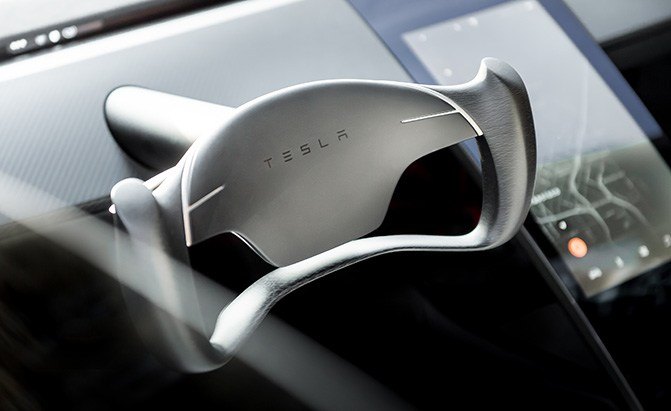













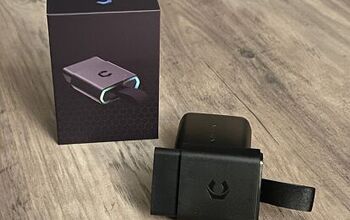






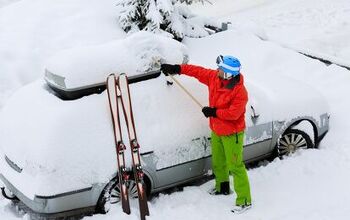
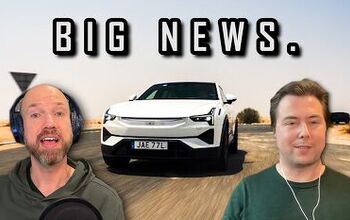





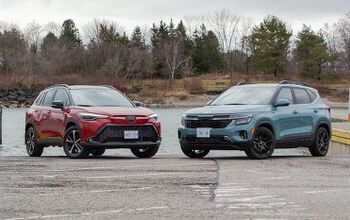
Comments
Join the conversation